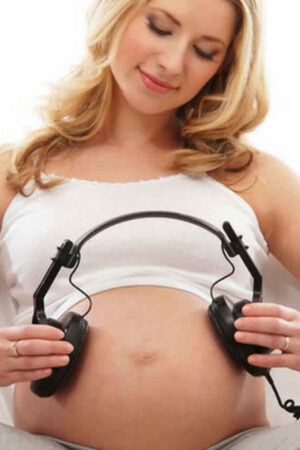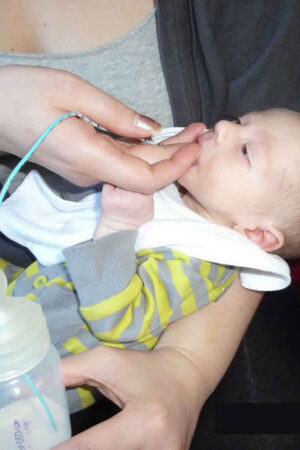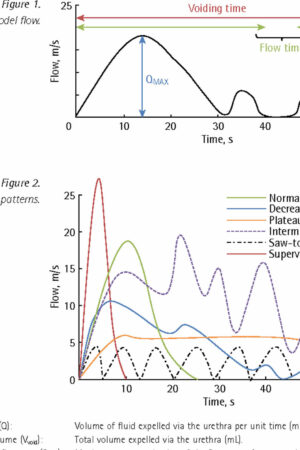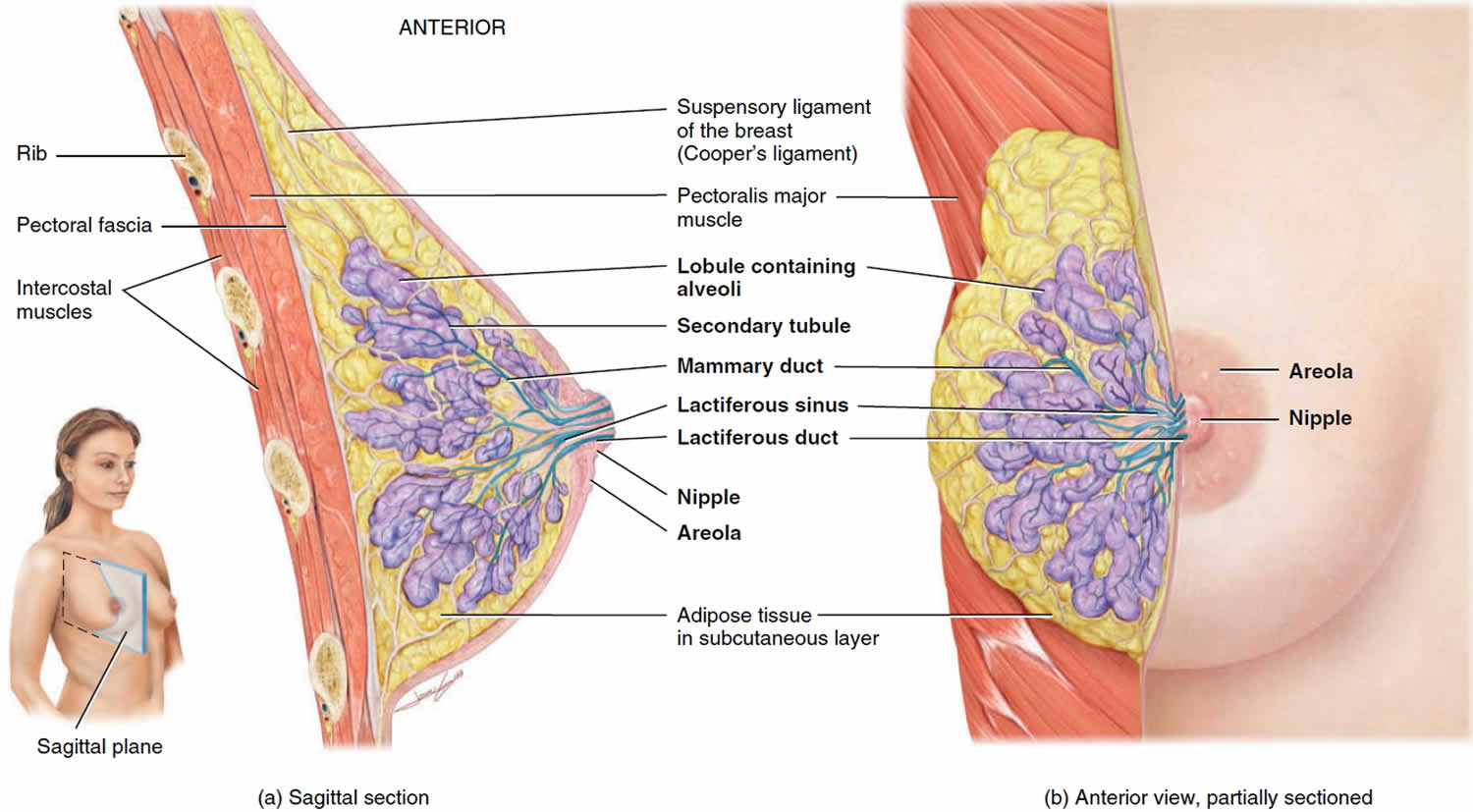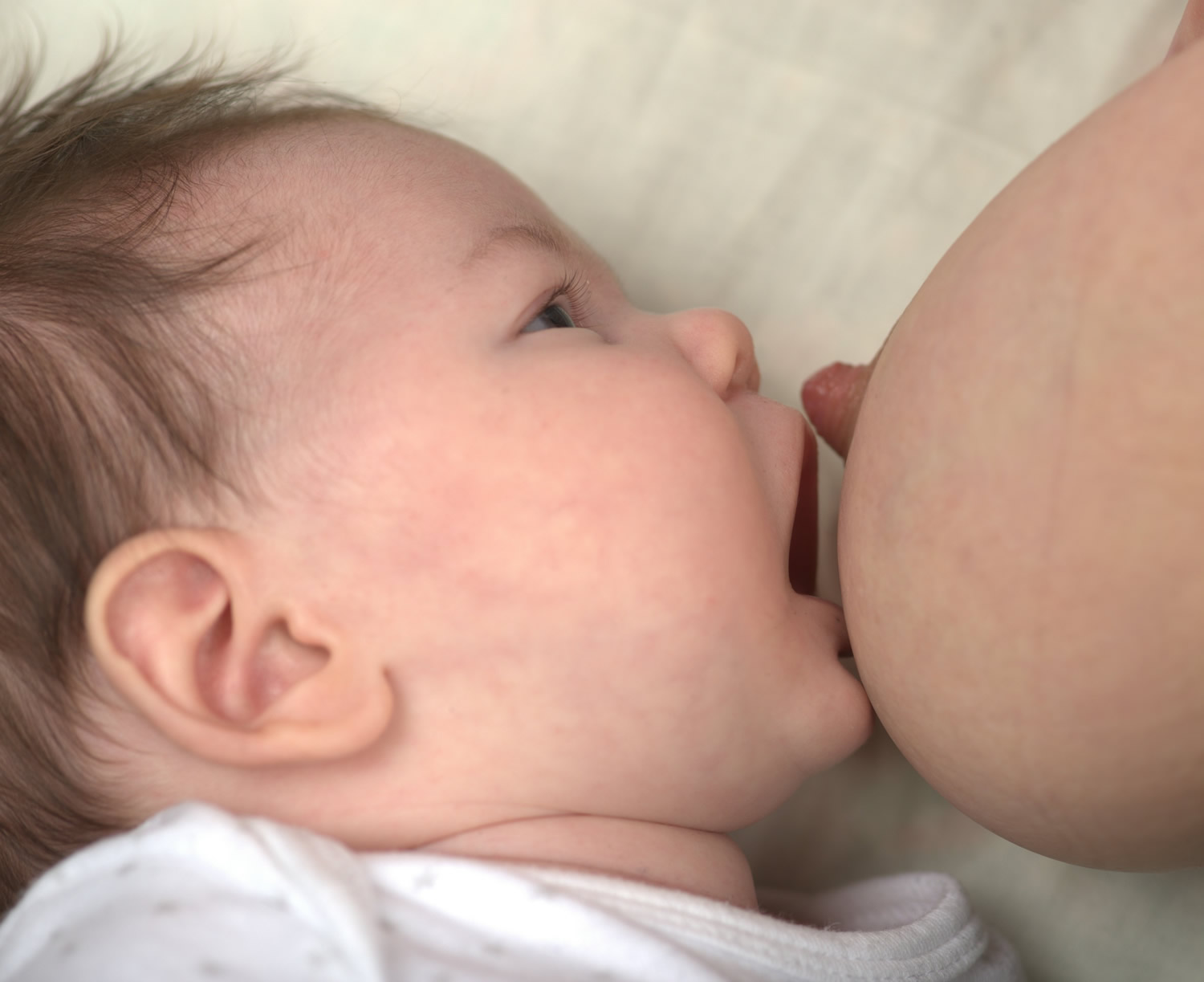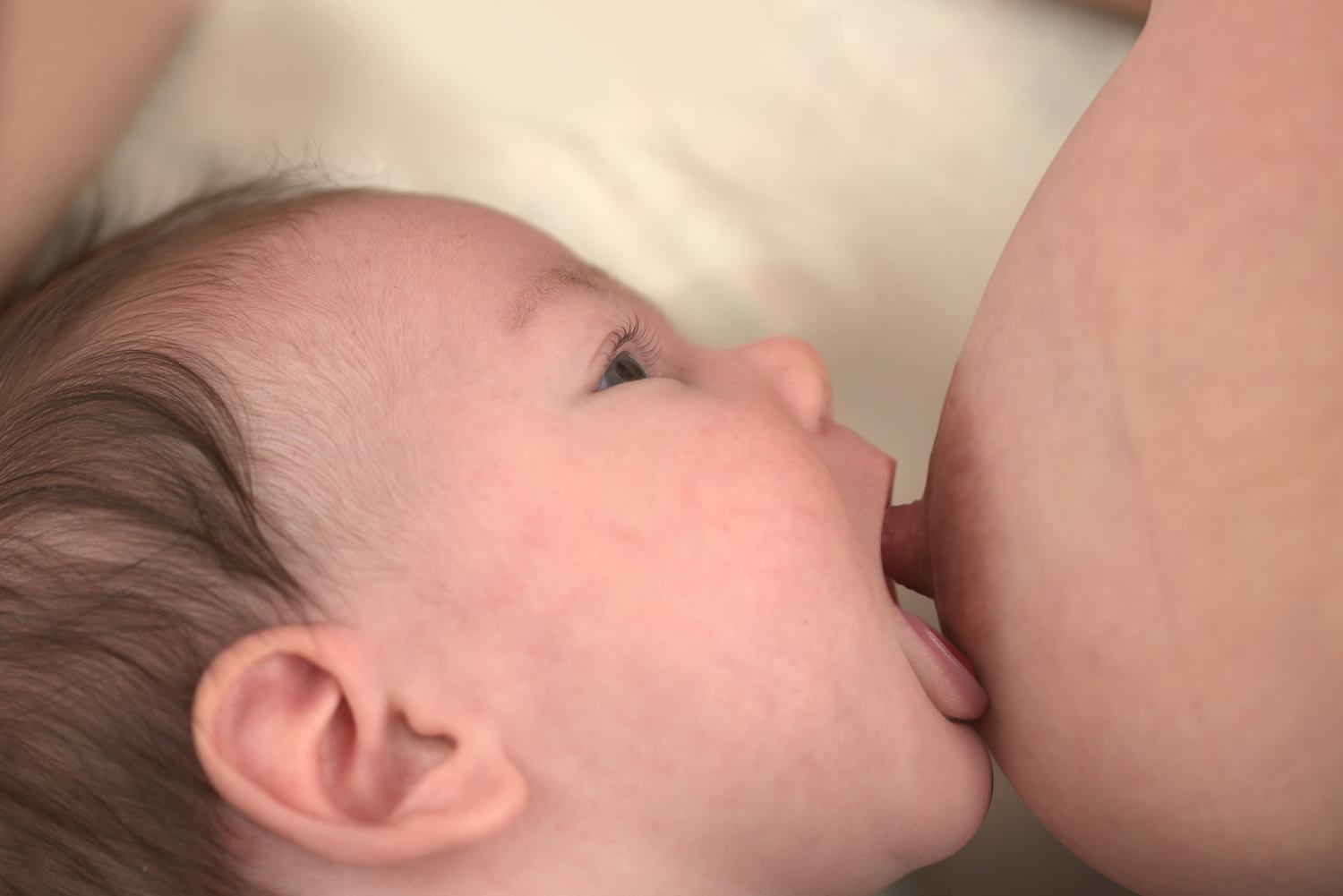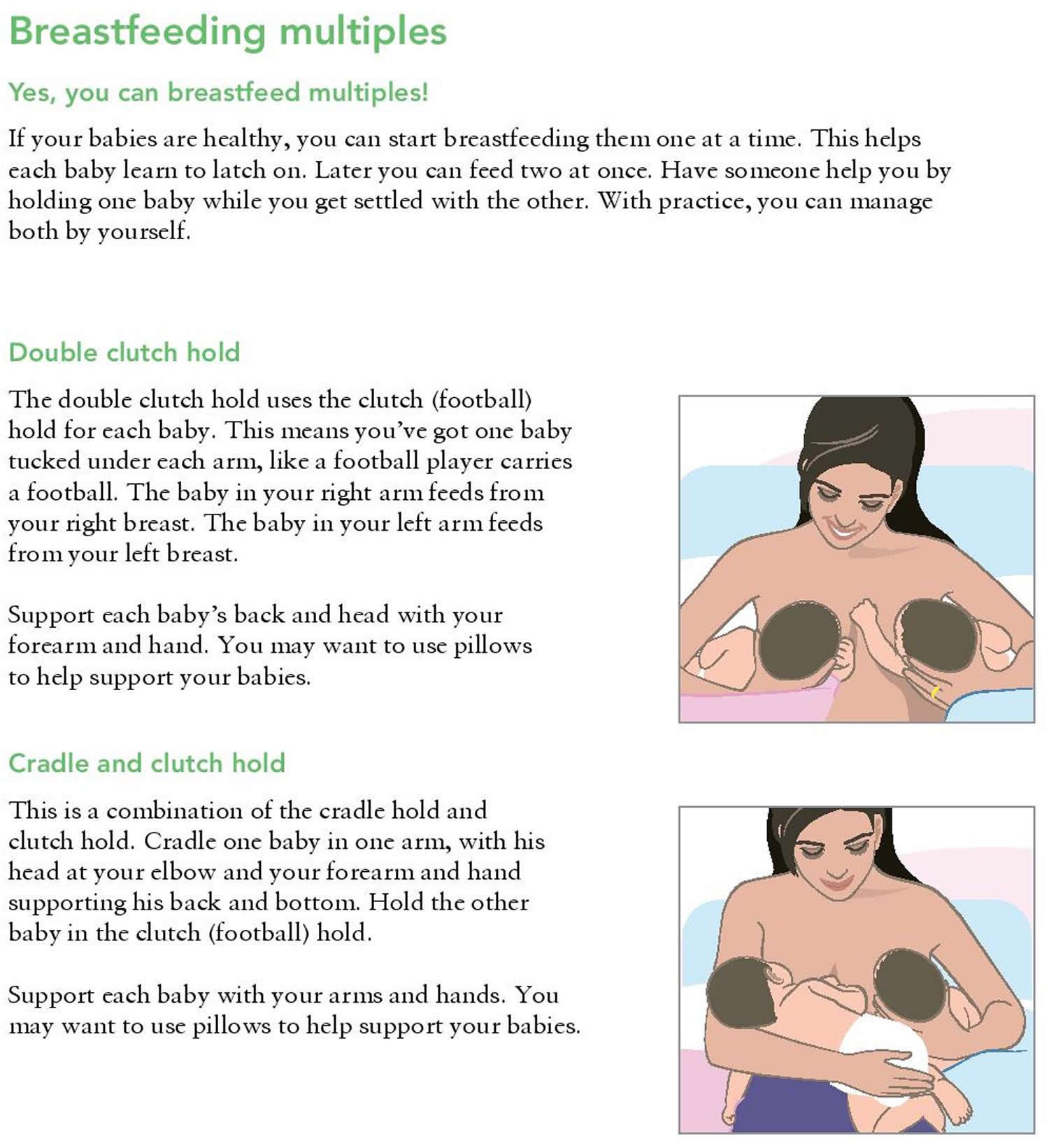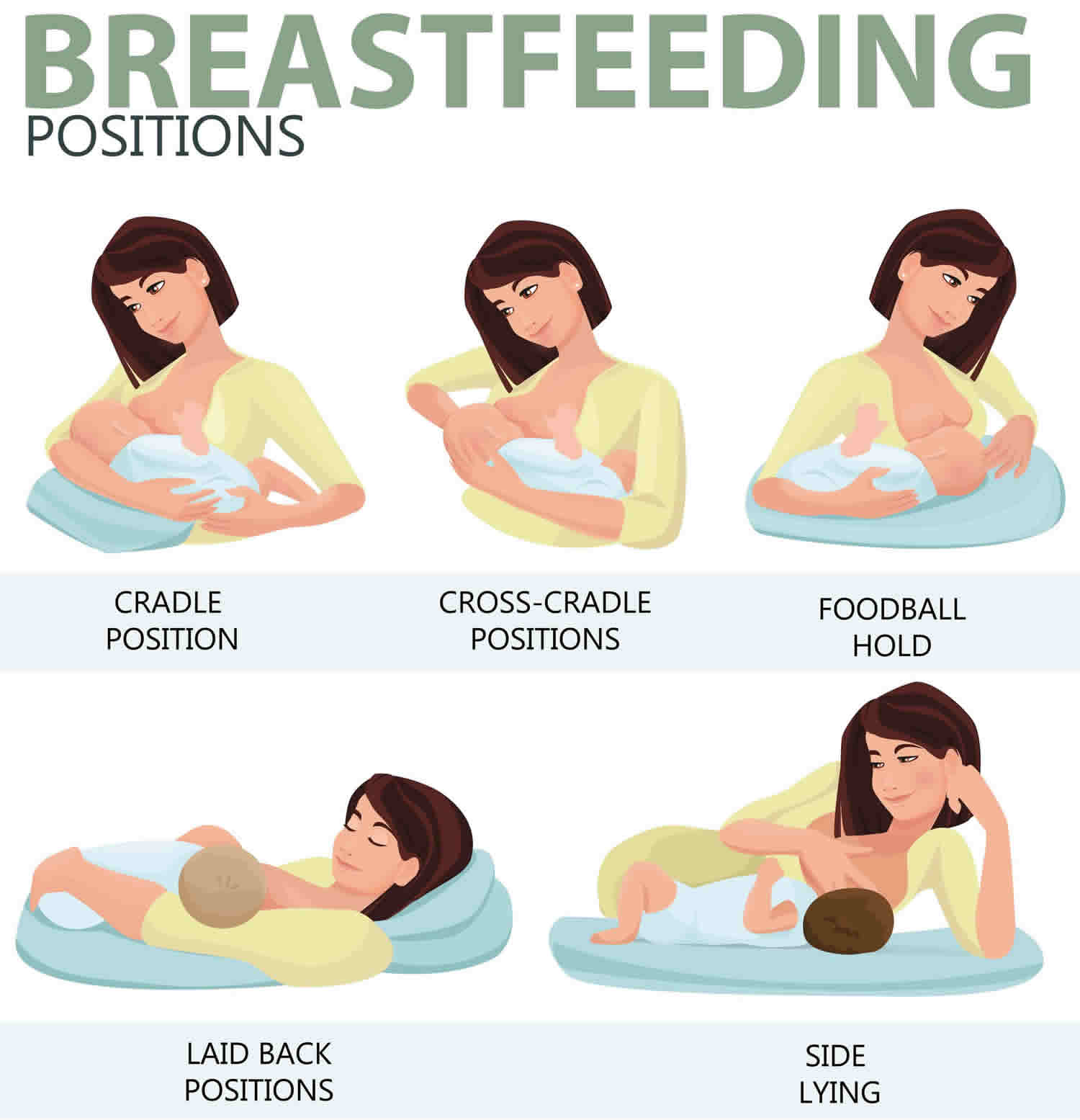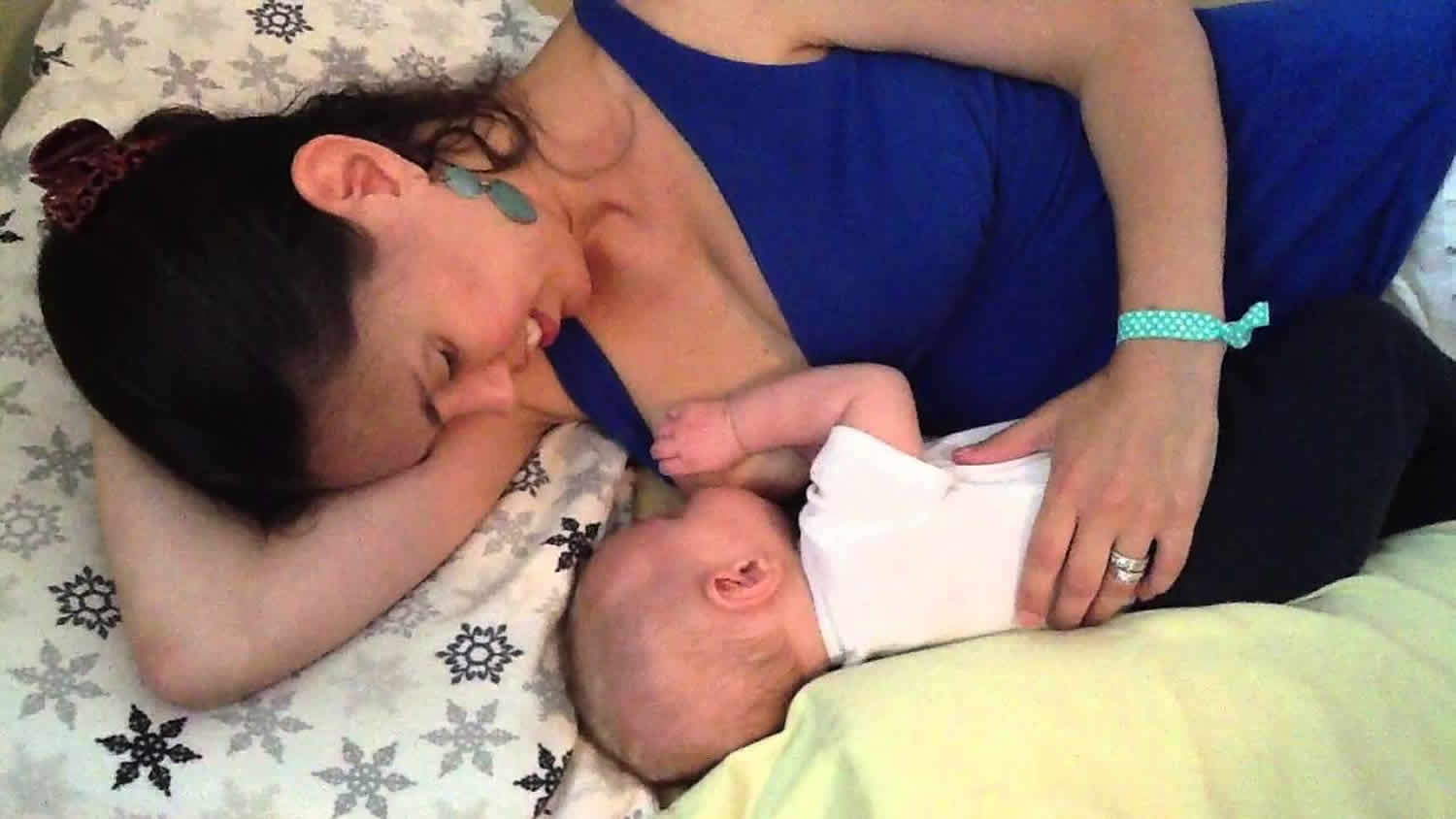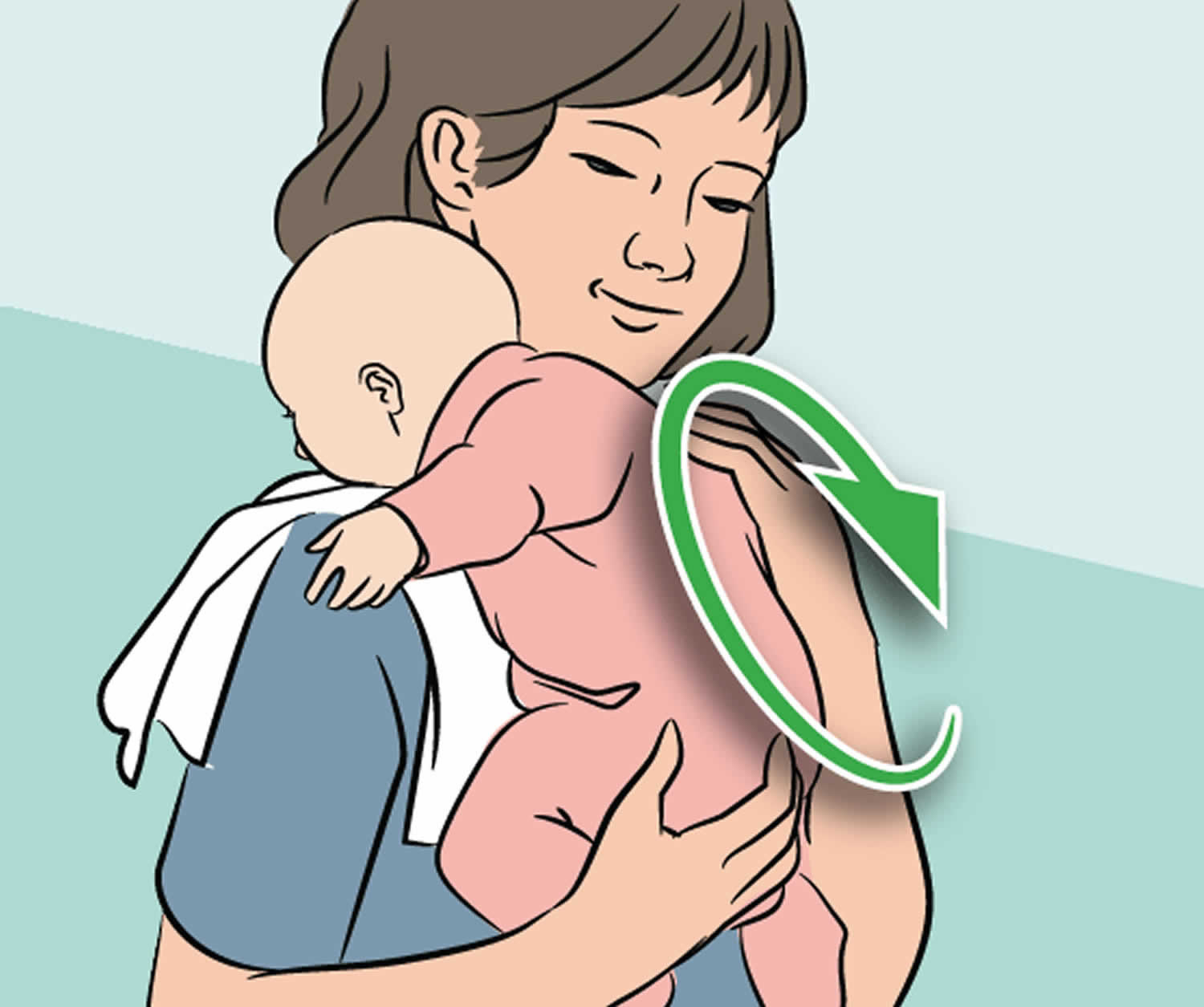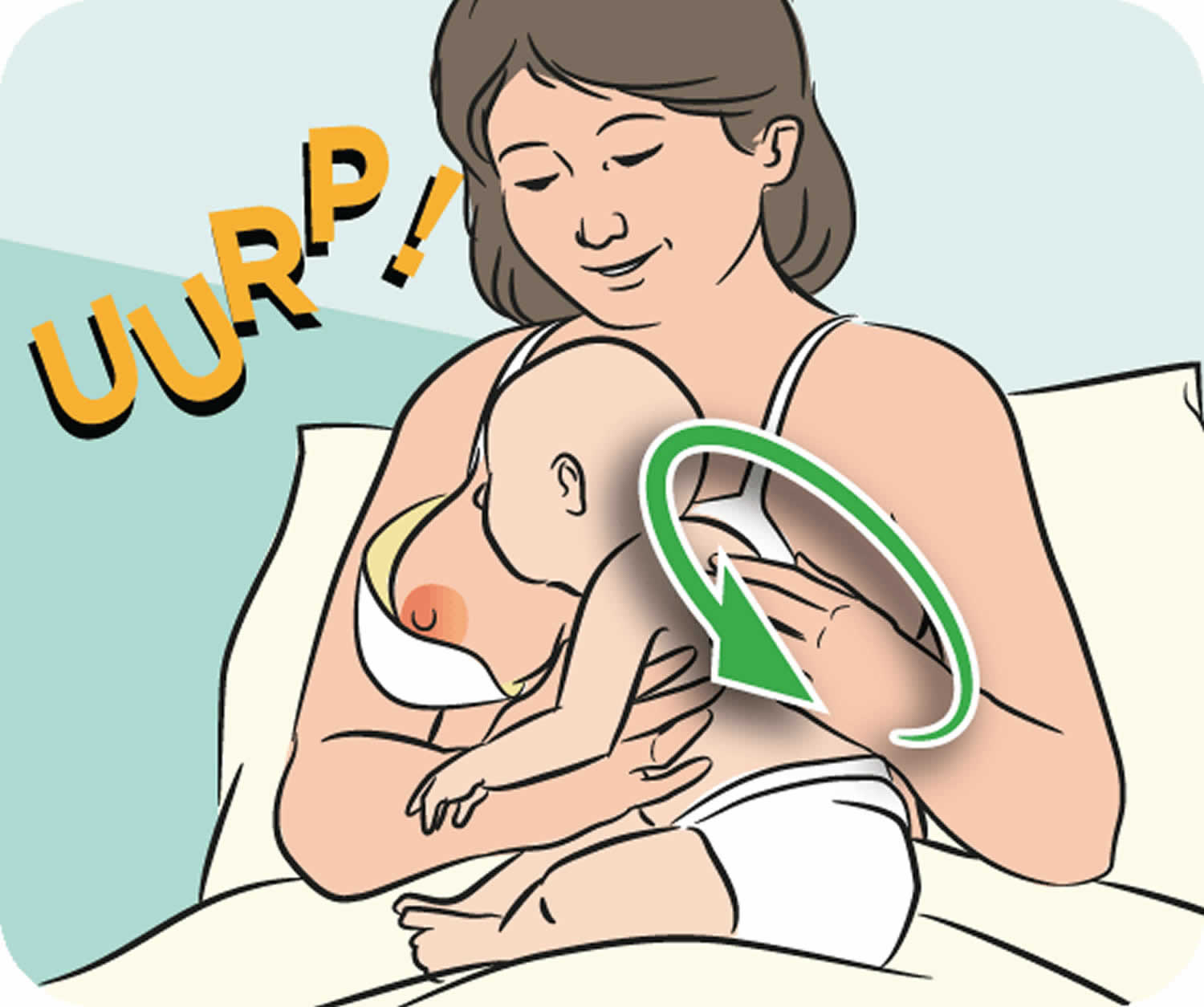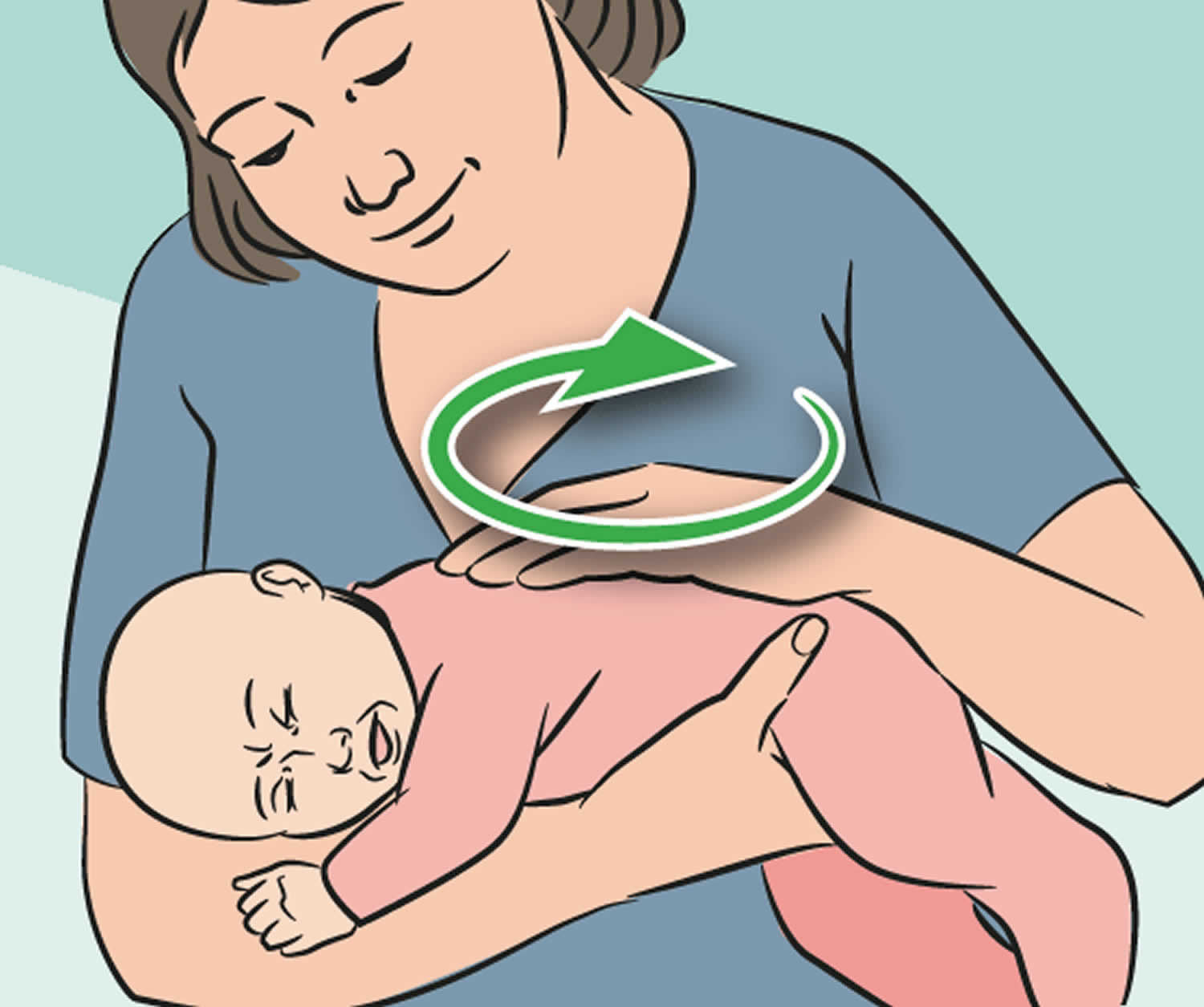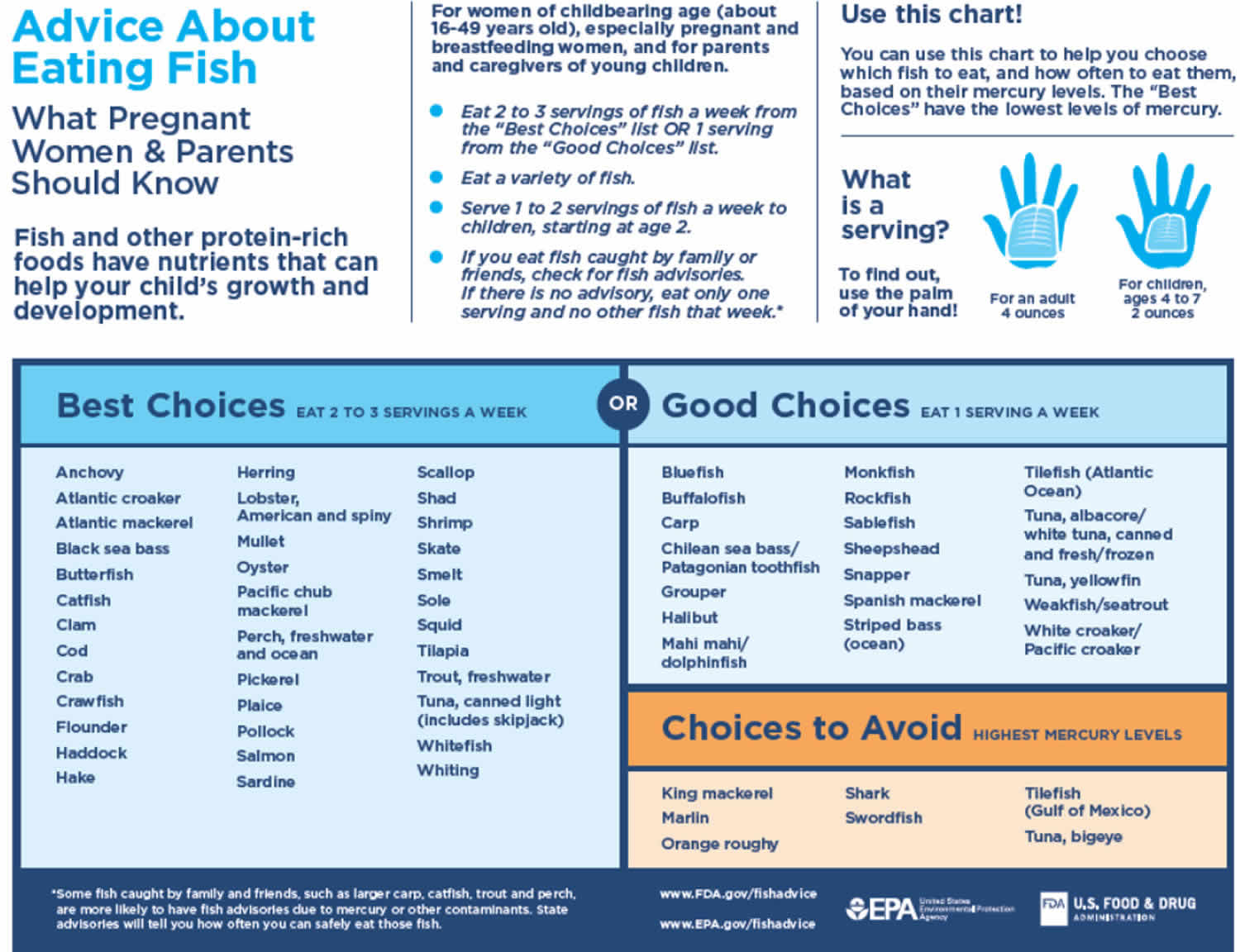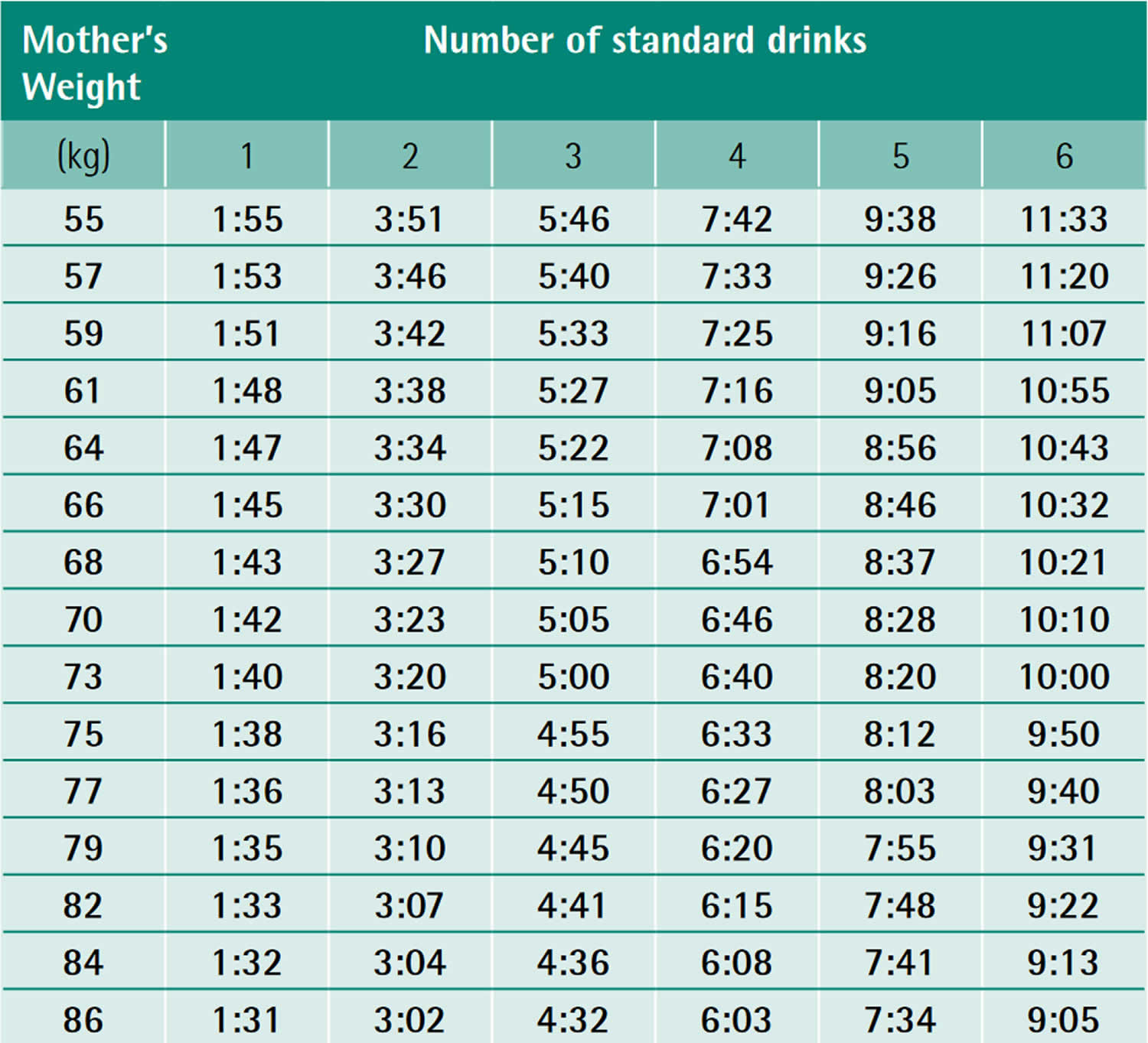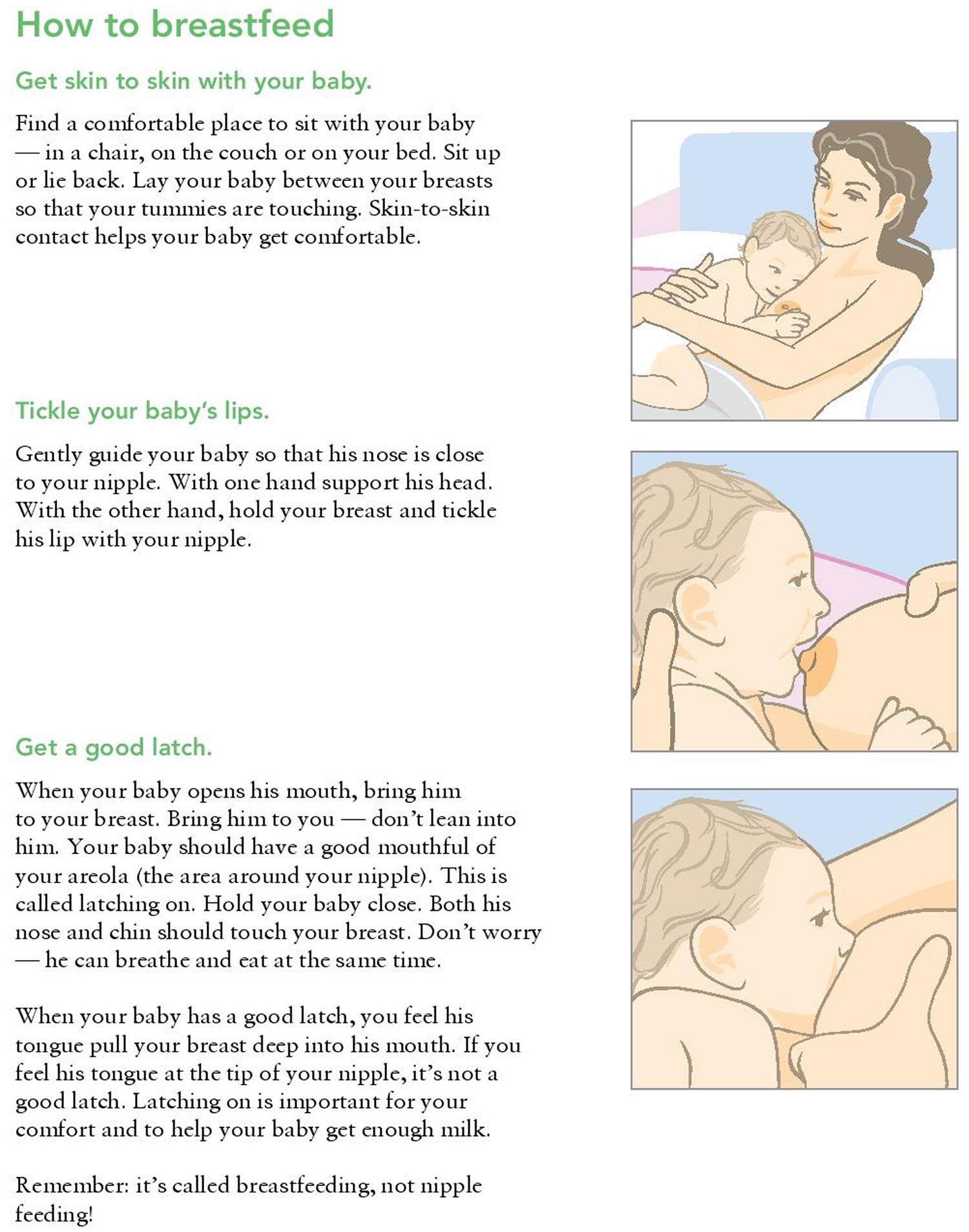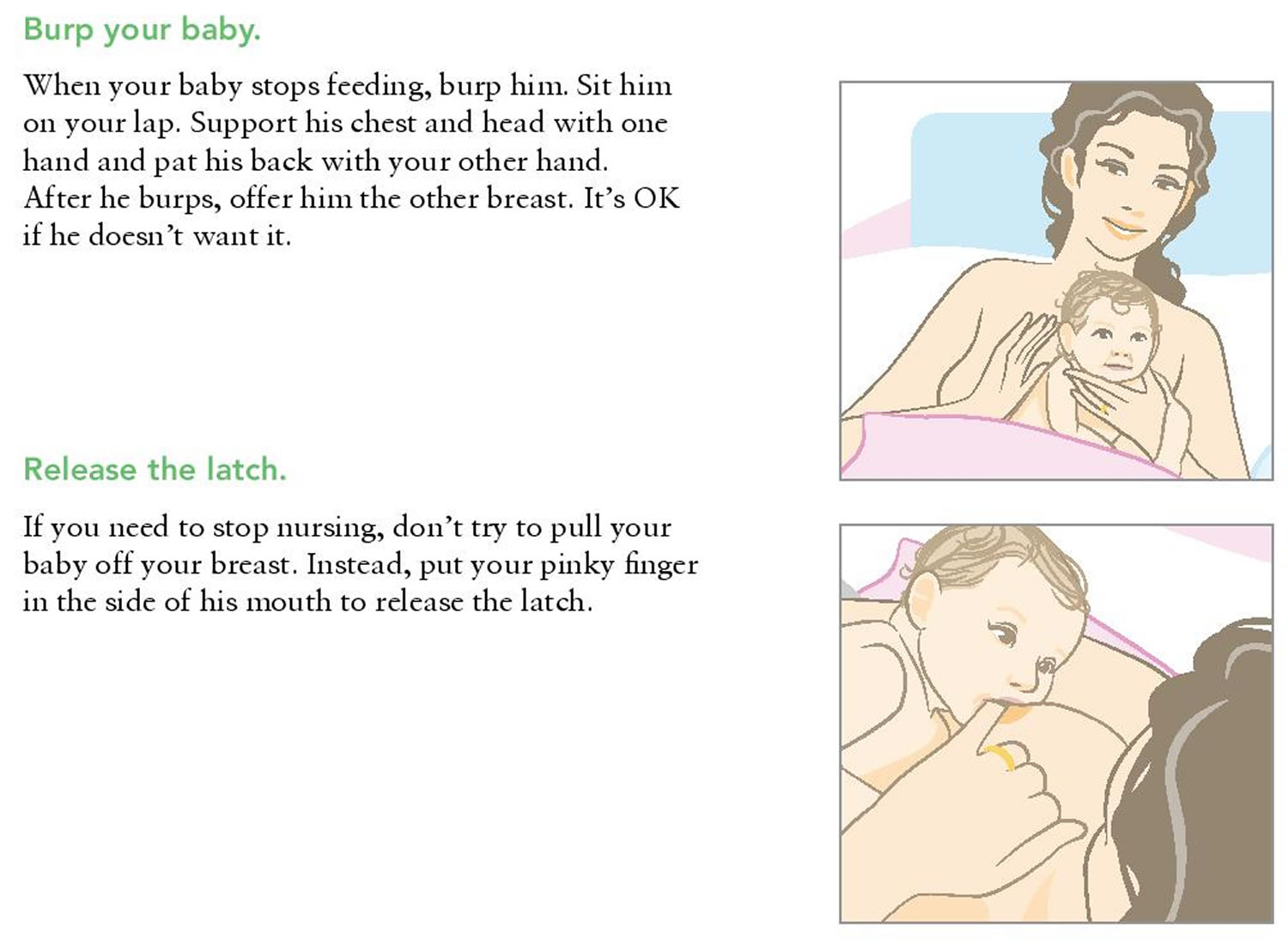Best first foods for baby led weaning
For most babies, it does not matter what the first solid foods are. By tradition, single-grain cereals are usually introduced first. However, there is no medical evidence that introducing solid foods in any particular order has an advantage for your baby. Although many pediatricians will recommend starting vegetables before fruits, there is no evidence that your baby will develop a dislike for vegetables if fruit is given first. Babies are born with a preference for sweets, and the order of introducing foods does not change this. If your baby has been mostly breastfeeding, he may benefit from baby food made with meat, which contains more easily absorbed sources of iron and zinc that are needed by 4 to 6 months of age. Check with your child’s doctor.
Baby cereals are available premixed in individual containers or dry, to which you can add breast milk, formula, or water. Whichever type of cereal you use, make sure that it is made for babies and iron fortified.
Iron-rich foods
- You need iron in your diet to prevent anemia. Certain foods are very good sources of iron. Red meats, fish, and poultry are best.
- Lunch meats are also a good choice. Children may eat ham or turkey slices if they won’t eat other meats.
- Other good iron sources are iron-enriched cereals and beans of all types. Egg yolks and peanut butter are iron-rich. Other good foods are plum juice and dark leafy greens. After age 4, raisins and other dried fruits can be offered.
Since most breastfeeding babies’ iron stores begin to diminish at about six months, good first choices for solids are those rich in iron. Current recommendations are that meats, such as turkey, chicken, and beef, should be added as one of the first solids to the breastfed infant’s diet. Meats are good sources of high-quality protein, iron, and zinc and provide greater nutritional value than cereals, fruits, or vegetables.
Iron-fortified infant cereal (such as rice cereal or oatmeal) is another good solid food to complement breast milk. When first starting infant cereal, check the label to make sure that the cereal is a single- ingredient product—that is, rice cereal or oatmeal—and does not contain added fruit, milk or yogurt solids, or infant formula. This will decrease the likelihood of an allergic reaction with the initial cereal feedings. You can mix the cereal with your breast milk, water, or formula (if you’ve already introduced formula to your baby) until it is a thin consistency. As your baby gets used to the taste and texture, you can gradually make it thicker and increase the amount.
Once your child has grown accustomed to these new tastes, gradually expand her choices with applesauce, pears, peaches, bananas, or other mashed or strained fruit, and such vegetables as cooked carrots, peas, and sweet potatoes. Introduce only one new food at a time and wait several days before you add another new food, to make sure your child does not have a negative reaction.
As you learn which foods your baby enjoys and which ones she clearly dislikes, your feeding relationship will grow beyond nursing to a more complex interaction— not a replacement for breastfeeding, certainly, but an interesting addition to it. Remember to keep exposing your baby to a wide variety of foods. Research indicates that some babies need multiple exposures to a new taste before they learn to enjoy it. The breastfed baby has already been experiencing different flavors in the mother’s breast milk, based upon her diet, so solid foods often have a familiar taste when introduced to the breastfed baby.
Babies need only a few spoonfuls as they begin solids. Since these first foods are intended as complements and not replacements for your breast milk, it’s best to offer them after a late afternoon or evening feeding, when your milk supply is apt to be at its lowest and your baby may still be hungry.
Some pediatricians recommend an iron supplement. If this is the case, be careful to give the exact dose prescribed by your doctor. Always store iron and vitamin preparations out of the reach of young children in the household, since overdoses can be toxic.
You may find that the number of breastfeedings will gradually decrease as her consumption of solid food increases. A baby who nursed every two to three hours during early infancy may enjoy three or four meals of breast milk per day (along with several snacks) by her twelfth month.
Unless you intend to wean her soon, be sure to continue breastfeeding whenever she desires, to ensure your continuing milk supply. To ease breast discomfort, it may become necessary to express a small amount of milk manually on occasion, if her decreasing demand leaves you with an oversupply. Breast comfort is another reason why a gradual introduction of solid foods is advisable, since it allows your body time to adapt to changing demands. Over the span of several months, a readjustment in the supply-and-demand relationship can take place smoothly and painlessly.
Vitamins
- Formula-fed babies get all the vitamins they need from formula.
- Breast-fed babies need extra vitamin D. Start 400 units per day at 2 weeks of age. Vitamin D drops can be found in most drug stores.
- After your child is 1 and eating a balanced diet, added vitamins are usually not needed.
- If your child is a picky eater, give him 1 chewable vitamin pill. Do this at least twice a week. Gummy vitamins are not as helpful. Reason: they have all the vitamins, but not the minerals.
Weaning is the journey for a child between being fully breastfed or breastmilk-fed, if you feed pumped breast milk and when the child stops nursing for comfort and nutrition. Often, weaning happens gradually and without any conscious effort or action. But you may need to wean before your child would have naturally stopped nursing or receiving your milk. If you need or want to actively wean before it happens on its own, it is best for you and your child to go slowly. Weaning suddenly can be physically painful for you and emotionally hard on you and your baby.
In cultures where there is no social pressure to wean, children usually stop breastfeeding or receiving their mother’s milk between 2½ and 7 years old.
In families that let it happen on its own, weaning happens very gradually, often without any fuss, process, or effort.
Breast milk is the best food for your baby during the first year of life. Feed your baby only breast milk for at least 6 months. At about this time, your baby may be ready to start eating solid foods. These are foods that your baby eats other than breast milk or formula. They’re usually soft, liquid or mashed.
The American Academy of Pediatrics recommends the following schedule as a guide to weaning:
- Breastfeed exclusively (no other foods or drinks) for the first 6 months of your baby’s life
- After 6 months of age, continue to breastfeed and begin to add solid foods (this is when weaning begins)
- After your baby’s first birthday, continue to breastfeed for as long as both you and your baby are comfortable. Some mothers and babies continue to nurse into the toddler years and beyond.
- Breastfeeding is good for mother and child at any age, and no evidence has been found of developmental harm from breastfeeding an older child.
Baby foods are strained or pureed foods. Baby foods are called solid foods only because they are not liquids.
Breast milk or formula meet all of your baby’s diet needs until 6 months or longer. Starting strained foods earlier just makes feeding harder.
The American Academy of Pediatrics recommends feeding only breast milk for 6 months.
For formula-fed infants, the American Academy of Pediatrics recommends starting baby foods around 6 months.
Which baby foods you start first is not important. Just start one new food at a time.
Try to wait 3 days in between starting a new baby food. That way if your baby has diarrhea or a rash, you might know what caused it.
Baby led weaning first foods key points
- Your baby gives you cues (signs) that she’s ready to start solid foods.
- Keep feeding your baby breast milk even when you start giving her solid foods.
- See your baby’s doctor if you think your baby is allergic to a solid food.
See your doctor if your child:
- Age greater than 9 months and your child refuses most solid foods
- You think your baby has a food allergy
- Your child is losing weight
- Feeding problem occurs often
- Feeding problem doesn’t improve with this care advice
- You think your child needs to be seen for their feeding problem
- You have other questions or concerns
Call your local emergency services number if your baby has a severe allergic reaction to food.
Foods to avoid for babies
- Honey. Never give your child honey during the first year of life. Reason: rarely, it can cause infant botulism, a muscle weakness disease.
- Cow’s milk (whole milk). Do not give during the first year of life. Reason: in some babies, it can cause a low iron level (anemia). Cow’s milk formulas are fine.
- High-risk Foods for Choking. Do not give any foods your child might choke on. Some high-risk foods are grapes and hot dogs. These may block the airway and cause sudden death. Raw vegetables (like carrots) and peanuts should also be avoided until 4 years old. Reason: Young children can’t chew them and they could be inhaled into the lungs. Also, avoid large pieces of any sticky food (such as peanut butter).
How do I know if my baby’s ready for solid foods?
Your baby needs only breast milk for about 6 months. When she’s ready to start solid foods, she gives you cues (signs) to let you know.
Signs that the older baby is ready for solids include sitting up with minimal support, showing good head control, trying to grab food off your plate, or turning her head to refuse food when she is not hungry. Your baby may be ready for solids if she continues to act hungry after breastfeeding. The loss of the tongue thrusting reflex that causes food to be pushed out of her mouth is another indication that she’s ready to expand her taste experience.
Starting to eat solid foods (like baby cereal and baby food) is an important part of your baby’s development. But starting solid foods too early could lead to problems with overweight or obesity later. Here are some signs that she’s ready for solids:
At about 6 months
- Cues:
- She can hold her head up.
- She stops pushing things out of her mouth with her tongue.
- She doubles her birthweight or weighs more than 13 pounds.
- She opens her mouth, drools or leans forward when she sees food.
- What you can feed your baby:
- Breast milk
- Baby cereal (like rice or oatmeal) mixed with breast milk
At 6 to 8 months
- Cues:
- She can sit up without support.
- She starts to feed herself and brings food to her mouth.
- What you can feed your baby:
- Breast milk
- Cooked, softened fruits and vegetables that are mashed or pureed (blended into a paste or thick liquid)
- Pureed meats
- Baby food from a jar
8 to 12 months
- Cues:
- She can sit up without support.
- She can hold food between her fingers and thumb (also called a pincer grasp).
- She can hold objects (like a spoon) in her hand.
- She starts to chew food.
- What you can feed your baby:
- Breast milk
- Finger foods, like breakfast cereal, small pieces of bread and well-cooked (until soft) vegetables, pasta and meat
- Fruits that are soft (like bananas) or cut up
- Small pieces of table food. This is food that you make for your family, but cut up small for your baby.
How to help your baby try different foods and explore new tastes
Introducing your baby to new foods can be both fun and frustrating. Some parents worry about wasting food and money if their babies don’t like a lot of foods at first. Good news: a new eater only needs 1-2 tablespoons of each food and will gradually increase to 3-4 tablespoons as she gets older. By getting your baby used to lots of different foods, you’ll help him build a healthy diet for life.
Be patient and try, try again.
When your baby is ready to start eating solid foods (around 6 months), her tastes will change from day to day. A baby may have to try a new food 10 to 15 times over several months before she’ll eat it!
Yes, 10 to 15 times sounds like a lot, but you only need to offer her a spoonful each time —not a whole bowl. Try giving her a new food once or twice a week along with foods she regularly eats.
Let your baby try small portions (1 to 2 tablespoons) of many different kinds of healthy foods, including those with different feels and flavors. This will help your child learn to eat healthy.
Make snack time fun with healthy foods.
Snacks are a regular part of life for growing babies. It’s also a great time to try new healthy foods. Starting at 9 months, you can give your child healthy snacks 2 to 3 times a day.
What changes can I expect after my baby starts solids?
When your baby starts eating solid foods, his stools will become more solid and variable in color. Because of the added sugars and fats, they will have a much stronger odor too. Peas and other green vegetables may turn the stool a deep-green color; beets may make it red. (Beets sometimes make urine red as well.) If your baby’s meals are not strained, his stools may contain undigested pieces of food, especially hulls of peas or corn, and the skin of tomatoes or other vegetables. All of this is normal. Your baby’s digestive system is still immature and needs time before it can fully process these new foods. If the stools are extremely loose, watery, or full of mucus, however, it may mean the digestive tract is irritated. In this case, reduce the amount of solids and introduce them more slowly. If the stools continue to be loose, watery, or full of mucus, consult your child’s doctor to find the reason.
Should I give my baby juice?
Babies do not need juice. Babies younger than 12 months should not be given juice. Breast milk and formula are the best choices for your baby. When it’s time for him to start using a cup (around 6 to 9 months), give him breast milk, formula, or water. After 12 months of age (up to 3 years of age), give only 100% fruit juice and no more than 4 ounces a day. Offer it only in a cup, not in a bottle. To help prevent tooth decay, do not put your child to bed with a bottle. If you do, make sure it contains only water. Juice reduces the appetite for other, more nutritious, foods, including breast milk, formula, or both. Too much juice can also cause diaper rash, diarrhea, or excessive weight gain.
Does my baby need water?
Healthy babies do not need extra water. Breast milk, formula, or both provide all the fluids they need. However, with the introduction of solid foods, water can be added to your baby’s diet. Also, a small amount of water may be needed in very hot weather. If you live in an area where the water is fluoridated, drinking water will also help prevent future tooth decay.
When to start foods for baby
Here are some helpful tips on starting your baby on solid foods. Remember that each child’s readiness depends on his own rate of development.
Other things to keep in mind:
- Can she hold her head up? Your baby should be able to sit in a high chair, a feeding seat, or an infant seat with good head control.
- Does she open her mouth when food comes her way? Babies may be ready if they watch you eating, reach for your food, and seem eager to be fed.
- Can he move food from a spoon into his throat? If you offer a spoon of rice cereal, he pushes it out of his mouth, and it dribbles onto his chin, he may not have the ability to move it to the back of his mouth to swallow it. That’s normal. Remember, he’s never had anything thicker than breast milk or formula before, and this may take some getting used to. Try diluting it the first few times; then, gradually thicken the texture. You may also want to wait a week or two and try again.
- Is he big enough? Generally, when infants double their birth weight (typically at about 4 months of age) and weigh about 13 pounds or more, they may be ready for solid foods.
Solid baby foods
- Baby foods are strained or pureed foods.
- They are called solid foods only because they are not liquids.
- Breast milk or formula meet all of your baby’s diet needs until 6 months or longer. Starting strained foods earlier just makes feeding harder.
- The American Academy of Pediatrics recommends feeding only breast milk for 6 months.
- For formula-fed infants, the American Academy of Pediatrics recommends starting baby foods around 6 months.
- Which baby foods you start first is not important. Just start one new food at a time.
- Try to wait 3 days in between starting a new baby food. That way if your baby has diarrhea or a rash, you might know what caused it.
Start new foods one at a time
- The order of which baby foods you start first is not that important.
- Try to wait 3 days in between before starting a new food. That way if your baby has diarrhea or a rash, you might know what caused it.
- Most parents start with rice, barley or oatmeal cereal. A mixed cereal should be added to your baby’s diet later. (Note: Add only after each cereal type in the mixed cereal has been tried by itself.)
- Next, give strained or pureed vegetables and fruits to your baby.
- After that, give strained or pureed protein-rich foods. Do this by 8 months at the latest. Other protein-rich foods include eggs, beans and peas. These solids can add to your infant’s iron intake.
- Between 8 and 12 months of age, start mashed table foods. They can have small chunks of food in them. They are also called stage 3 foods or junior foods.
Spoon feeding
- Do not start spoon feeding until your baby has the following physical skills:
- Can sit with some support in a high chair or feeding seat.
- Can hold his head steady.
- Has strong neck muscles and good head support.
- Knows to open the mouth at the sight of food.
How to spoon feed:
- Teaching your baby to take food off a spoon and swallow takes time.
- Use a small baby spoon.
- Put the spoon just inside the mouth. Wait for your baby to close his mouth around it.
- Then slowly pull the spoon straight out while he sucks the food off the spoon. The upper lip and sucking will keep most of the food inside.
- You can add a little milk to make it thinner and easier to suck.
- Some babies need to drink a little milk first if acting really hungry.
- Some children will grab at the spoon. Others try to hold it while you are trying to feed them. These children need to be distracted. Use finger foods or give them another spoon to play with.
- By 15 to 18 months of age, most children can use a spoon on their own. They no longer need your help to eat. The spoon now belongs to them.
Avoid gagging
- Gagging means you need to slow down. Give smoother foods or smaller amounts. It may mean that you need to delay starting solids.
- Most babies need to be 6 months old before they can easily swallow purees.
- Gagging is a good body reflex. It keeps food from getting into the airway. It also prevents choking.
How much to give
- Start with a small amount on the spoon. At first, your baby may just want a taste. Slowly work up to larger portions after your baby wants more.
- During the first year, 2 to 4 tablespoons (1 to 2 ounces) is a normal amount for each kind of food.
- If your child is still hungry after eating that amount, serve them more.
- If your baby doesn’t like a new food, stop. You can tell because they spit it out. They may also refuse to open their mouth after a taste. Don’t offer that food again for a few weeks.
Finger foods
- Finger foods are small, bite-size pieces of soft foods.
- They can be started when your child develops a pincer grip. That means your child can pick objects up between the thumb and first finger. A pincer grip most often starts between 9 and 10 months.
- Most babies love to feed themselves. Most babies will not be able to feed themselves with a spoon until 15 months. Finger foods keep your baby actively involved in the feeding process.
- Favorite finger foods are dry cereals (Cheerios, Rice Krispies, etc.). Others are small pieces of soft cheese or scrambled eggs. Canned fruit (peaches or pears) or bananas are also good if cut into small pieces. Other choices are crackers, cookies, and breads. Be sure to include peanut-flavored Cheerios or puffs.
To prevent choking, make sure anything you give your baby is soft, easy to swallow, and cut into small pieces. Some examples include small pieces of banana, wafer-type cookies, or crackers; scrambled eggs; well-cooked pasta; well-cooked, finely chopped chicken; and well-cooked, cut-up potatoes or peas.
At each of your baby’s daily meals, she should be eating about 4 ounces, or the amount in one small jar of strained baby food. Limit giving your baby processed foods that are made for adults and older children. These foods often contain more salt and other preservatives.
If you want to give your baby fresh food, use a blender or food processor, or just mash softer foods with a fork. All fresh foods should be cooked with no added salt or seasoning. Although you can feed your baby raw bananas (mashed), most other fruits and vegetables should be cooked until they are soft. Refrigerate any food you do not use, and look for any signs of spoilage before giving it to your baby. Fresh foods are not bacteria-free, so they will spoil more quickly than food from a can or jar.
NOTE: Do not give your baby any food that requires chewing at this age. Do not give your baby any food that can be a choking hazard, including hot dogs (including meat sticks, or baby food “hot dogs”); nuts and seeds; chunks of meat or cheese; whole grapes; popcorn; chunks of peanut butter; raw vegetables; fruit chunks, such as apple chunks; and hard, gooey, or sticky candy.
Snacks
- Once your baby goes to 3 main meals a day, offer a small snack. This will help tide them over between meals.
- Most babies begin this pattern between 6 and 9 months of age.
- The midmorning and midafternoon snack should be a healthy non-milk food.
- Fruits and dry cereals are good choices.
- If your child is not hungry at mealtime, cut back on snacks or stop them.
Table foods
- Your child should be eating the same meals you eat by about 1 year.
- This assumes that your diet is a well-balanced one. Avoid added salt.
- Carefully chop up any foods that would be hard for your baby to chew.
- Mash up some foods with a fork.
- Avoid foods that he could choke on. Examples are raw carrots, candy, peanuts, and popcorn. These foods should not be given.
Encourage family meals from the first feeding. When you can, the whole family should eat together. Research suggests that having dinner together, as a family, on a regular basis has positive effects on the development of children.
Remember to offer a good variety of healthy foods that are rich in the nutrients your child needs. Watch your child for cues that he has had enough to eat. Do not overfeed.
If you have any questions about your child’s nutrition, including concerns about your child eating too much or too little, talk with your child’s doctor.
When can my baby try other food?
Once your baby learns to eat one food, gradually give him other foods. Give your baby one new food at a time. Generally, meats and vegetables contain more nutrients per serving than fruits or cereals.
There is no evidence that waiting to introduce baby-safe (soft), allergy-causing foods, such as eggs, dairy, soy, peanuts, or fish, beyond 4 to 6 months of age prevents food allergy. If you believe your baby has an allergic reaction to a food, such as diarrhea, rash, or vomiting, talk with your child’s doctor about the best choices for the diet.
Within a few months of starting solid foods, your baby’s daily diet should include a variety of foods, such as breast milk, formula, or both; meats; cereal; vegetables; fruits; eggs; and fish.
How do I start my baby on solid foods?
Start with half a spoonful or less and talk to your baby through the process (“Mmm, see how good this is?”). Your baby may not know what to do at first. She may look confused, wrinkle her nose, roll the food around inside her mouth, or reject it altogether.
Use these steps when your baby’s first starting on solid foods:
- Give your baby a little breast milk.
- Switch to solid foods, like baby cereal mixed with breast milk. Use a spoon to feed your baby.
- Finish with more breast milk.
One way to make eating solids for the first time easier is to give your baby a little breast milk, formula, or both first; then switch to very small half-spoonfuls of food; and finish with more breast milk or formula. Breastfeeding before and after feeding your baby solid food can help keep her from getting really hungry at mealtime and prevent your baby from getting frustrated or fussy when she is very hungry when trying to eat solids. It’s OK if most of her solid foods don’t make it into her mouth at first. She can still get the nutrients her needs from your breast milk.
Your baby may get frustrated as he’s learning how to eat from a spoon and swallow solids. If your baby cries or turns away from solid foods, don’t force it. Go back to breastfeeding for a week or 2 and try solid foods again later.
Do not be surprised if most of the first few solid-food feedings wind up on your baby’s face, hands, and bib. Increase the amount of food gradually, with just a teaspoonful or two to start. This allows your baby time to learn how to swallow solids.
Do not make your baby eat if she cries or turns away when you feed her. Go back to breastfeeding or bottle-feeding exclusively for a time before trying again. Remember that starting solid foods is a gradual process; at first, your baby will still be getting most of her nutrition from breast milk, formula, or both. Also, each baby is different, so readiness to start solid foods will vary.
Don’t feed your baby solid foods through a bottle. This can cause your baby to gain too much weight or to choke. However, cereal in a bottle may be recommended if your baby has reflux. Check with your child’s doctor first.
Other foods that may cause choking are:
- Candy
- Chunks of peanut butter, meat, cheese or hard fruit (like apples)
- Hot dogs
- Nuts and seeds
- Popcorn
- Raw vegetables
- Whole grapes
Food allergies prevention
A food allergy is a reaction to a food you touch, eat or breathe in. If you have a close family member with a food allergy, tell your baby’s doctor. Food allergies are common in children whose family members have them.
You can prevent food allergies by an early start of high-risk foods. The advice for preventing food allergies has changed in recent years.
Older bad advice: Avoid high risk foods such as eggs until 2 years. Avoid peanut butter and fish/shellfish until 3 years. Research has shown that was bad advice. Recent research found that the late introduction of certain foods may actually increase your baby’s risk for food allergies and inhaled allergies. You should discuss any concerns with your pediatrician.
- Current advice: An early start of these foods lowers the risk of food allergies. For example, early start of peanut butter puffs reduces peanut allergy by 90%.
- Current advice: High-risk foods can be started after 6 months of age. Eggs and fish can be mashed up. A small amount of smooth peanut butter can be mixed with normal baby foods. Better yet, give them as peanut butter puffs.
- Start other solid foods like cereals first for a few weeks.
- Add new foods one at a time. Try to wait 3 days in between before the start of a new baby food.
- Avoiding high-risk foods does not prevent allergic disease:
- Most allergic diseases such as food allergies, eczema, and asthma cannot be prevented by diet.
- Probably helpful: Breast milk only for 6 months or longer
- Not helpful: Diet limits on any foods for pregnant or breastfeeding women
- Not helpful: Soy formulas instead of cow’s milk formula
- Not helpful: Delaying the start of solids past 6 months
- Not helpful: Delaying the start of high-risk foods (such as peanut butter or eggs).
If no allergies are present, simply observe your baby for indications that she is interested in trying new foods and then start to introduce them gradually, one by one.
How do I know if my baby has a food allergy?
Common foods allergies include being allergic to:
- Eggs
- Soy
- Fish, like tuna, salmon and cod
- Shellfish, like lobster, shrimp or crab
Your baby may have a food allergy if he has:
- Rash or hives (red, itchy bumps on the skin)
- Coughing, wheezing or trouble breathing
- Vomiting
- Diarrhea
To help you spot a possible food allergy, give your baby one new food at a time for a few days. Watch for any signs of a food allergy. Then try another new food. Don’t mix new foods together until your baby has tried each one alone.
If your baby has an allergic reaction, stop feeding her that food and tell your baby’s health care provider. If your baby has a severe allergic reaction call your local emergency services number right away.
Signs of a severe reaction include:
- Swollen tongue or throat
- Turning blue
- Trouble breathing
- Passing out.
New guidelines on the introduction of allergenic foods
For many years, experts thought that the best way to fight peanut allergy was to avoid peanut products in the first years of life. At the time, it was thought that delaying introduction would possibly prevent the development of other allergic conditions, especially eczema (atopic dermatitis). However, more recent guidelines 1) show that there is no benefit to delaying the introduction of allergenic foods. In 2015, an important study showed that early introduction and regular feeding of peanut prevented the development of peanut allergy in infants at “high risk” for peanut allergy (meaning infants who had severe eczema and/or an egg allergy) 2).
Current advice to parents:
- Start solids with a few foods that are of low allergy risk—for example, infant cereal, puréed bananas, or puréed prunes. Give your baby one new food at a time, and wait at least 2 to 3 days before starting another. After each new food, watch for any allergic reactions such as diarrhea, rash, or vomiting. If any of these occur, stop using the new food and consult with your child’s pediatrician.
- If there is no special reason to be concerned that your baby is at increased risk for food allergies, after a few first foods have been tolerated, you can start to introduce the more highly allergenic foods (milk, egg, soy, wheat, peanut, tree nuts, fish, and shellfish). It is important that these—and all foods—are in forms and textures appropriate for infants. For instance, while whole cow’s milk is not recommended before 1 year of age; you may introduce processed dairy products such as whole milk yogurt or Greek yogurt mixed with a fruit that your baby has already had in his or her diet.
- If your baby has or had severe, persistent eczema or an immediate allergic reaction to any food— especially if it is a highly allergenic food such as egg—he or she is considered “high risk for peanut allergy.” You should talk to your child’s pediatrician first to best determine how and when to introduce the highly allergenic complementary foods. Ideally peanut-containing products should be introduced to these babies as early as 4 to 6 months. It is strongly advised that these babies have an allergy evaluation or allergy testing prior to trying any peanut-containing product. Your doctor may also require the introduction of peanuts be in a supervised setting (e.g., in the doctor’s office).
- Babies with mild to moderate eczema are also at increased risk of developing peanut allergy. These babies should be introduced to peanut-containing products around 6 months of age; peanut-containing products should be maintained as part of their diet to prevent a peanut allergy from developing. These infants may have peanut introduced at home (after other complementary foods are introduced), although your pediatrician may recommend an allergy evaluation prior to introducing peanut.
- Babies without eczema or other food allergies, who are not at increased risk for developing an allergy, may start having peanut-containing products and other highly allergenic foods freely after a few solid foods have already been introduced and tolerated without any signs of allergy. As with all infant foods, allergenic foods should be given in age- and developmentally-appropriate safe forms and serving sizes.
Choking prevention:
- Whole peanuts themselves are choking hazards and should not be fed to babies. They can block the air passages, and if whole or partially chewed peanuts are inhaled into the lungs, they can cause a severe and possibly fatal chemical pneumonia. Avoid whole peanuts until your child is old enough to be counted on to chew them well (usually at least 4 years and up).
- A good way to introduce peanut in infancy would be mixing and thinning-out a small amount of peanut butter in cereal or yogurt. Dissolving peanut butter puffs with breast milk or formula and feeding it by spoon is another good option.
Remember:
The highly allergenic foods should initially be given to your baby in small tastes at home, and the amount can gradually be increased in a developmentally appropriate manner if there are no signs of intolerance or allergic symptoms.
References [ + ]
